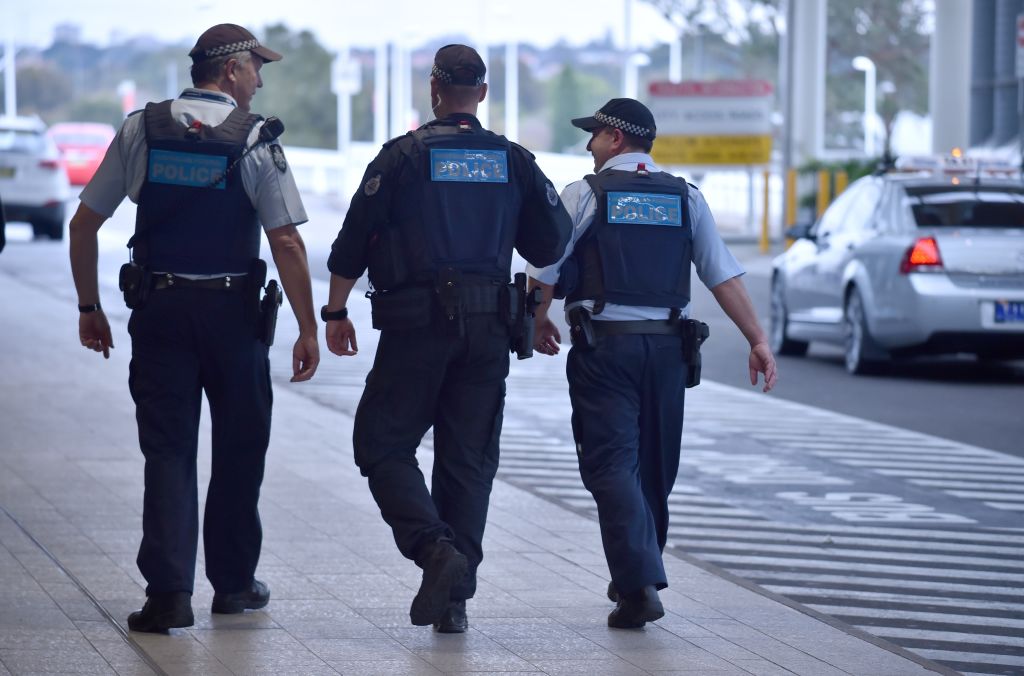
Despite intense efforts to counter violent extremism over the past two decades, the threat of domestic terrorism still endangers Australians. Australia’s national terrorism threat level is set at ‘possible’, and the focus has shifted from primarily transnational jihadists to violent homegrown ideologues with a range of motivations. As violent extremism evolves, Australia must adapt its strategy to confront this persistent challenge and protect social cohesion and national security.
Australia is a diverse society with over 100 distinct religions, 300 languages and a substantial recent migrant population. It also has one of the world’s highest rates of internet usage, with 84% of its population online and 62% actively engaged in social media. Online platforms often host misinformation, including extremist propaganda that deepens social divides. Meanwhile, factors like counterterrorism policies, community engagement and international cooperation aim to mitigate violent extremism.
However, this landscape is complicated by variables beyond Australia’s control, such as global crises like the Covid-19 pandemic and world events like the Israel–Hamas conflict. The interactions of these variables impact the frequency of domestic terrorist attacks, casualty tolls, arrest rates and the radicalisation of youth in Australia.
Victoria Police officially recognised 11 terrorist attacks across Australia between 2005 and 2021, but the Global Terrorism Database acknowledged an additional 39 attacks for a combined total of 50. Most of these incidents targeted private properties and religious institutions, resulting in 14 fatalities and 33 reported injuries. The frequency of attacks surged between 2014 and 2016 before subsiding in 2019, but there has been a renewed increase in terrorist incidents since 2021.
Between 2014 and 2019, 257 Australians faced charges related to terrorism offences. Victoria Police reported that between 2005 and 2022, 53 individuals were arrested in the state for terrorism offences. Around 8o% of them were aged between 15 and 30, and all but two were male.
Similarly, data from New South Wales Police from 2002 to 2020 shows that 48 individuals were arrested for terrorism offences in the state, 73% of whom were aged 10 to 30. Again, all but two were male. In both states, most arrests occurred between 2014 and 2019.
Between 2014 and 2018, approximately 10% of domestic terrorism convictions in Australia were of minors, and in 2021, the Australian Security Intelligence Organisation reported a surge in terrorism investigations involving minors—from 2% to 15%—and they now make up half of ASIO’s highest-priority cases.
Mission Australia’s 2022 youth survey revealed a decline in youth mental health. Fewer than half of respondents expressed positivity about the future and 28.8% said they had experienced high psychological distress. Nearly three-quarters of those surveyed said that Covid-19 had a negative impact on their education, and 53.7% identified the pandemic as adversely affecting their mental health. These were both increases on the previous year’s findings and these factors are likely to continue exacerbating the rate of youth radicalisation.
Still, terrorism has had a relatively small impact in Australia compared with other Western countries. Australia ranks 69th in the 2023 Global Terrorism Index, which uses incidents, fatalities and injuries to assess threat levels, with lower numbers suggesting the success of counterterrorism measures and strategies. However, these figures can be misleading due to selective reporting, as evidenced by the disparity between Victoria Police’s and the Global Terrorism Database’s statistics. They also can’t account for the intentions and capabilities of terrorist groups, and don’t accurately reflect recruitment and radicalisation trends. This is why ASIO’s director-general has emphasised that assessing the threat of terrorism and extremist violence must go beyond ‘body count’.
Arrest numbers are better at capturing the pace of recruitment and radicalisation. The surge in arrests between 2014 and 2019 can show the influence of Islamic State, while the decline after 2019 can be attributed to the restrictions imposed during Covid-19 lockdowns. The rise of the Taliban in Afghanistan and the ongoing conflict between Israel and Hamas in Palestine could create a similar surge.
Islamic State propaganda had a significant impact in Australia, especially among teenagers, as evidenced by domestic terrorism convictions and high-priority cases involving minors. Terrorist groups exploit online environments to target vulnerable youth, who are susceptible to radicalisation for developmental and social reasons. An adolescent’s flexible identity formation, combined with socioeconomic circumstances, targeted online interactions and a feeling of political exclusion, makes them a prime potential victim of radicalisation.
The Covid-19 pandemic exacerbated these vulnerabilities. ASIO noted a rise in issue-motivated extremism and anti-authority ideologies that it links with Covid-19 grievances and conspiracy theories spread on social media. The number of minors attracted to extremism is increasing, and offenders are most likely to have been radicalised in their formative years.
Australia may be tempted to perceive its management of domestic terrorism as a success due to its low incidence of attacks and casualties. But recent youth radicalisation trends should trigger alarm bells. This type of threat isn’t easily extinguishable, and complacency will only lead to disaster. Terrorists are adapting to avoid detection and promote their ideology, and future attacks in Australia will likely involve lone actors conducting low-cost operations with little planning and simple weapons, making them difficult to predict and prevent.
The prevalence of youth radicalisation is escalating the potential for violence in Australia over the next 20 years. Australia is a robust democracy and the government must uphold individuals’ rights to express their beliefs openly, but it must also remain vigilant against incitements to violence. The actions of violent extremists threaten public safety and challenge Australia’s fundamental principles, values and interests. It is imperative for Australia to avoid complacency, which means it must revise its counterterrorism strategy to respond to these evolving trends. Only by adapting to this shifting landscape can it guarantee the safety and prosperity of all its citizens.

